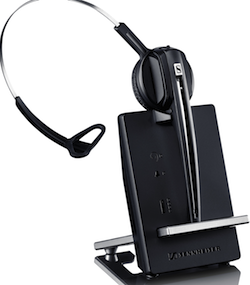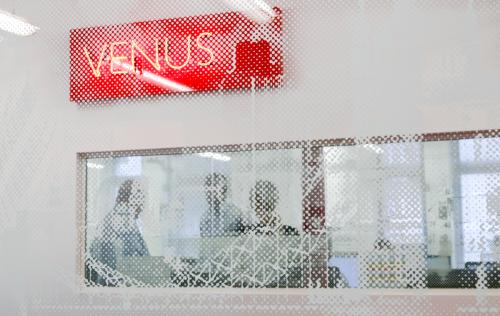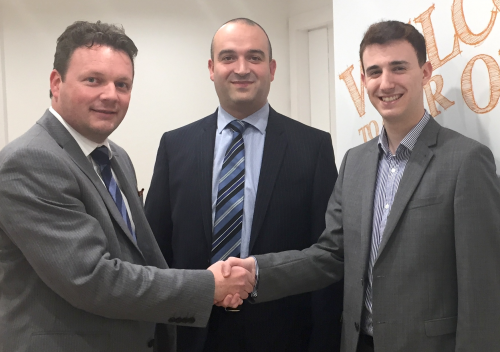 As well as boosting resellers' coffers a pre-Christmas incentive sales scheme run by Daisy Wholesale will also generate additional funds for charity.
As well as boosting resellers' coffers a pre-Christmas incentive sales scheme run by Daisy Wholesale will also generate additional funds for charity.
For every new qualifying service taken between now and 23rd December Daisy Wholesale will make a donation to kids charity Action for Children.
"In a normal month, it is estimated that in excess of £6,000 will be generated," said Terry O'Brien (pictured), MD of Daisy Wholesale. "Although an already significant amount, Daisy Wholesale hopes that its partners have a great month of trading and that as much money as possible is raised for the UK-based children's charity.
"After such a great 12 months of business, we were trying to think of a way to thank our resellers for their generous custom. Ideas of different incentives were thrown around, but we really wanted to do something extraordinary this year and really give back to show our appreciation. And, how better to do that than help make Christmas a little more cheerful for the UK's most vulnerable children?"
The services that qualify for the donation span across the provider's portfolio and include WLR, SIP, broadband and Ethernet, HVX and HDS seat licences and mobile connections.
A connection will count once it is brought into service, or in the case of an Ethernet order, when accepted by the relevant carrier.
The fundraising incentive comes just two months after the business raised £7,800 for charity Diversity Role Models with a 40-man trek up Mount Snowdon.

 Sennheiser has unwrapped the D 10, an entry-level wireless DECT headset with a customisable single-sided design that offers the single connectivity to either a desk phone or a softphone/PC.
Sennheiser has unwrapped the D 10, an entry-level wireless DECT headset with a customisable single-sided design that offers the single connectivity to either a desk phone or a softphone/PC.
 Venus Business Communications has moved into bespoke premises in Oxford Street, a move that marks the beginning of a five year growth strategy.
Venus Business Communications has moved into bespoke premises in Oxford Street, a move that marks the beginning of a five year growth strategy.
 A scalable data-driven platform for UC management has been rolled out by Dell Software, offering analytics and diagnostics across Microsoft Exchange and Lync platforms.
A scalable data-driven platform for UC management has been rolled out by Dell Software, offering analytics and diagnostics across Microsoft Exchange and Lync platforms. Abica Telecoms Group has expanded its business into the IT services sector with the acquisition of a significant stake in IT service provider PCR.
Abica Telecoms Group has expanded its business into the IT services sector with the acquisition of a significant stake in IT service provider PCR.